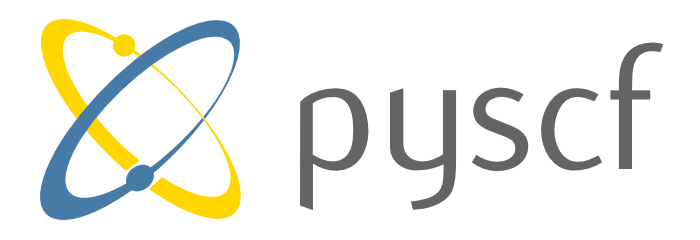Home¶

The Python-based Simulations of Chemistry Framework (PySCF) is an open-source collection of electronic structure modules powered by Python. The package provides a simple, lightweight, and efficient platform for quantum chemistry calculations and methodology development. PySCF can be used to simulate the properties of molecules, crystals, and custom Hamiltonians using mean-field and post-mean-field methods. To ensure ease of extensibility, almost all of the features in PySCF are implemented in Python, while computationally critical parts are implemented and optimized in C. Using this combined Python/C implementation, the package is as efficient as the best existing C or Fortran based quantum chemistry programs. In addition to its core libraries, PySCF supports a rich ecosystem of Install PySCF extensions.